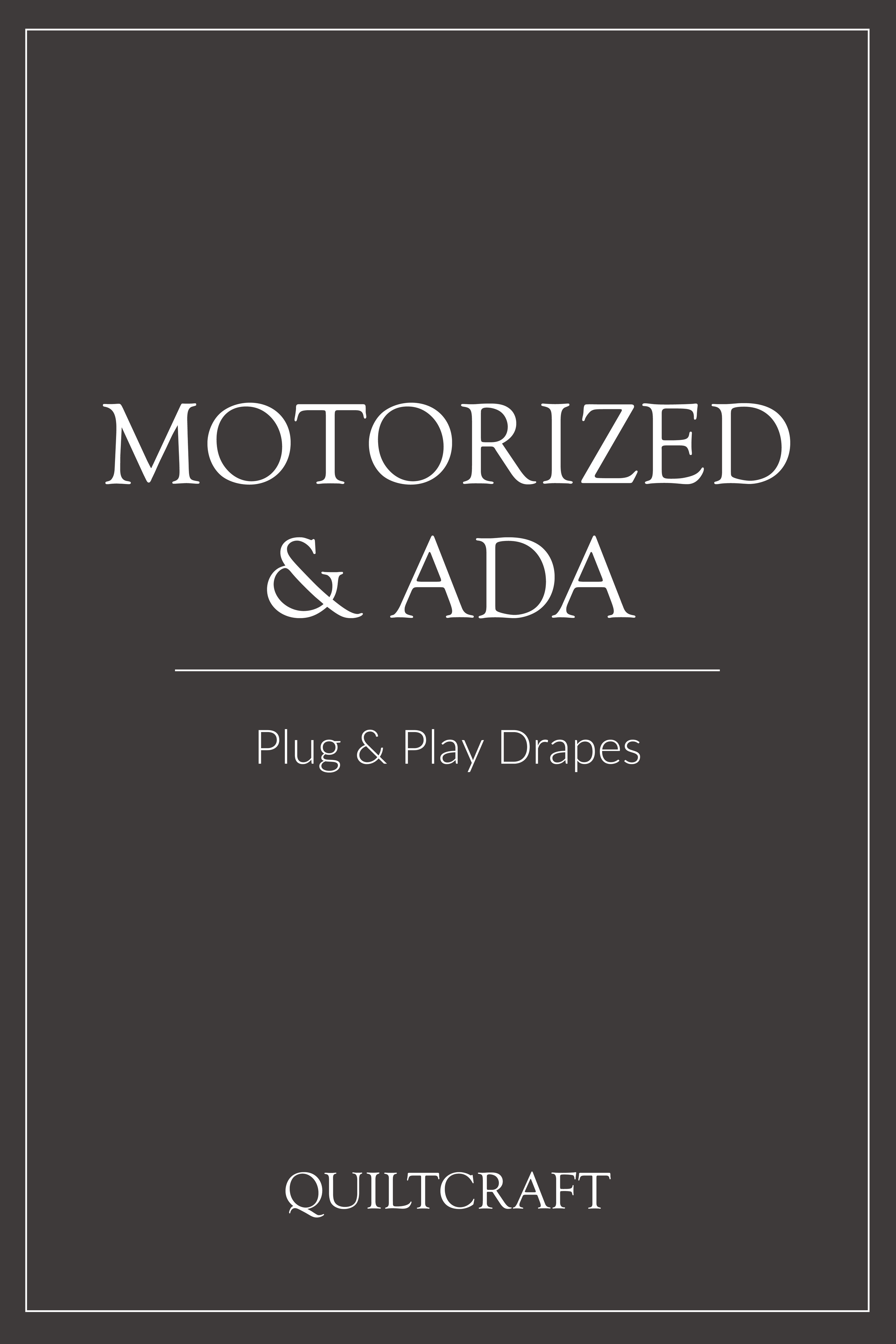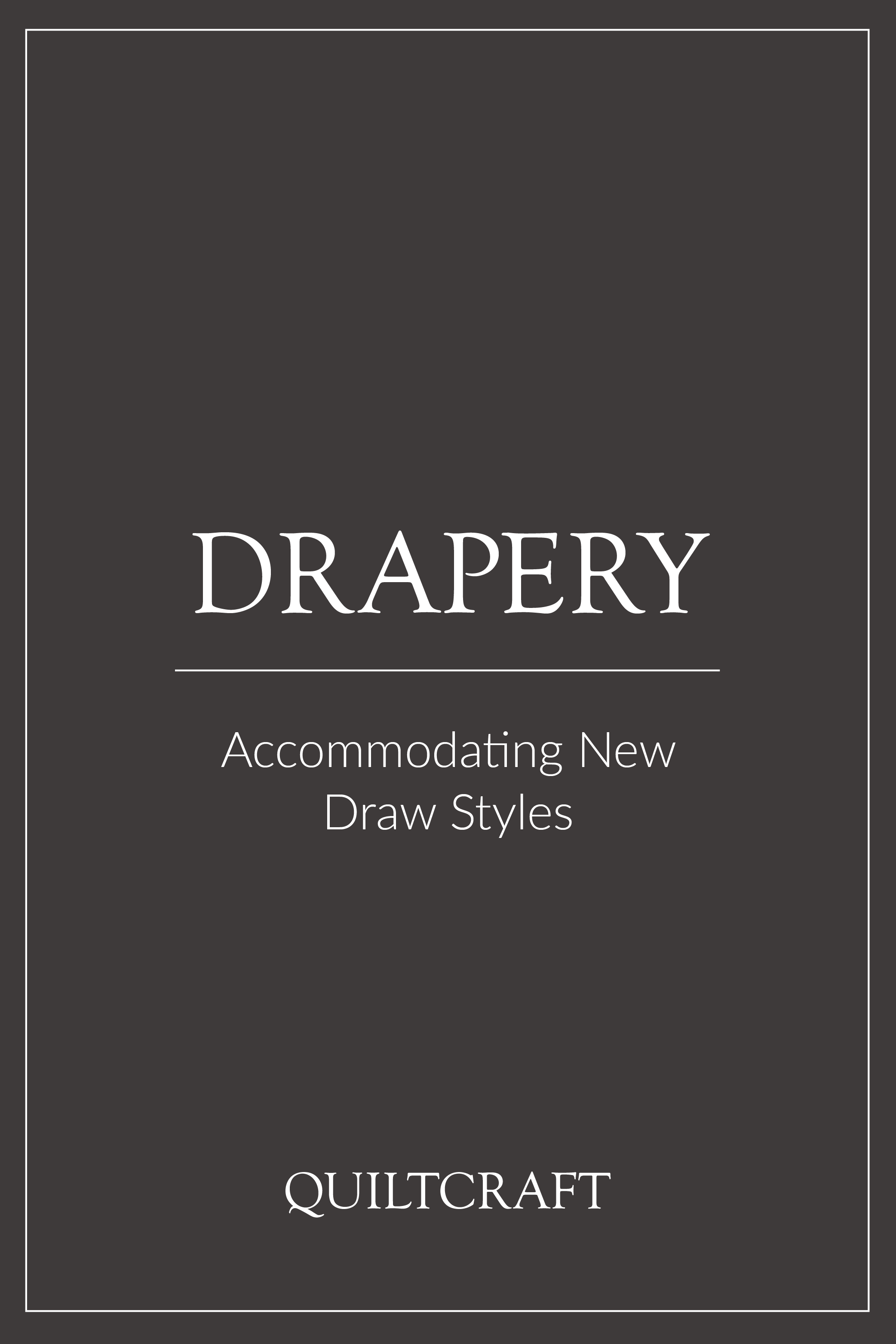Drapery Deducts
Accurately determining a drapery’s finished length is one of the more complex tasks during measure digestion, which is why we developed this guide for assistance. The following doesn’t account for every unique condition possible but does a good job of prompting questions and conversations between manufacturer, installer and property.
Dust Cap or 1”x2”
An additional 0.25” - 0.75” allowance may be needed to account for the top treatment’s dust cap/roof board. Construction styles and materials vary greatly, so please be sure to confirm thickness, location, and usage prior to finalizing deduction here.
Ripplefold or Pinch Pleat
Ripplefold draperies traverse below the hardware, requiring a 1.0” allowance for ceiling mounted 94004 track; while pinch pleated draperies hang only 0.25” below the ceiling with 94004 track, requiring a much smaller deduction to avoid rubbing. Please note decorative hardware, ceiling mounted, 94003 track and wall mounted hardware track all require various deductions based on application.
Carpet or Solid Surface
Assuming the finished floor was not in place during installation, an additional allowance will be required. As flooring materials have increased in variability, a standard 0.25” carpet pad and 0.50” carpet deduction can no longer be assumed. LVT/VCT Flooring is also used oftentimes, with varying thickness, especially if padding/float is used underneath. Please be sure to confirm finished flooring allowances each time field verification is conducted prior to installation.
Above Finished Floor
Industry standard clearance above the finished floor is 0.50”, however there are times where design may dictate higher (.75” – 1.5” above floor) or lower (skimming/puddling the floor). All treatments are subject to a 0.25” allowance during manufacturing, therefore, we are unable to commit to tolerances tighter than 0.50”AFF without customer accepting that treatments may also skim the floor. If design requests alternate clearance (above or below 0.50”) please verify directive in writing.
Notes, Exceptions & Asterisks
Any treatment above 120” high should be evaluated for an additional 0.25” increased deduction, due to weight and height of treatment. Any fabric utilizing an open/loose construction should be considered for an additional deduction allowance (0.25” - 1.0”). New construction floors are often floated (post concrete/prefinished flooring) to level the room from wall to wall, often requiring an additional allowance to be confirmed with contractor where applicable.
We hope this post gave you some insight for your next project with Quiltcraft. We have put this information in a downloadable PDF card so you can print it and keep it for reference!
Visit us again for more educational material!
Check Out More Drapery Related Resources










